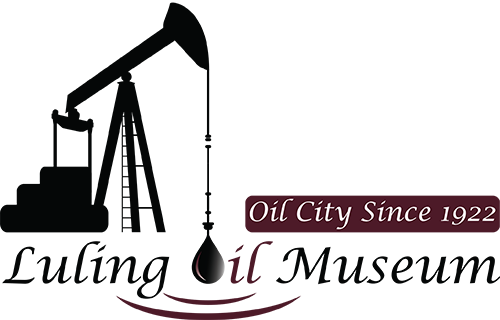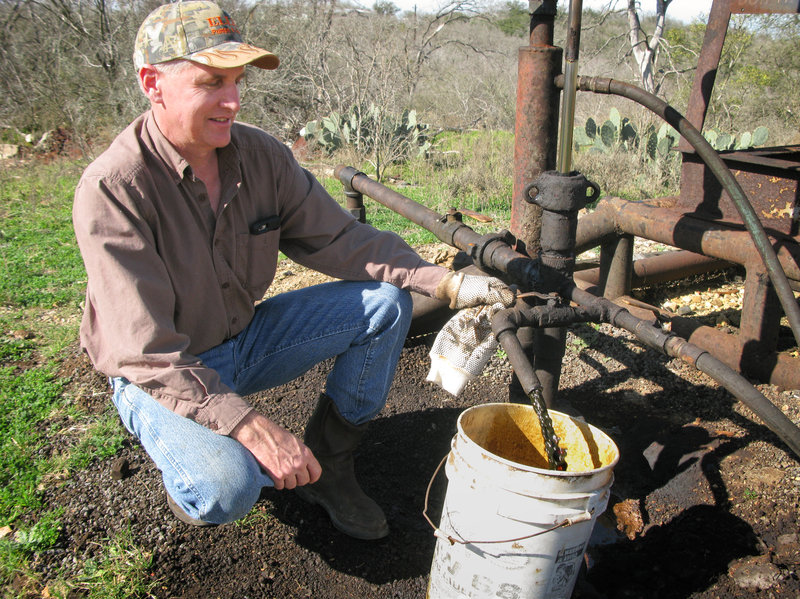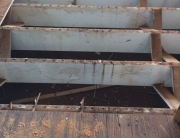Hard times have hit the oil fields. A barrel of West Texas Intermediate crude has dropped from a high of over $100 to less than $50. But Tracy Perryman, a small oilman in Luling, Texas, has learned how to survive the lean times.
Oil companies that take on a lot of debt sometimes don’t survive the downturns. But veterans of oil busts have learned how to plan for the inevitable price plunges.
Perryman’s family has been in the oil business in Luling since the 1920s, when a wildcatter drilled down a half-mile through ancient limestone and struck a small but productive field measuring 2-by-12 miles. Nearly a century later, the Luling field, located about an hour south of Austin, is still active — there are about 9,000 producing wells in Caldwell County.
They have made a good living for Perryman, production manager of B.J.P. Inc. Unlike the stereotype of the flamboyant, boorish Texas oilman, Perryman wears work clothes and speaks softly.
Digging into a slice of smoky brisket in the dining room of Luling City Market, he looks out the window and considers what the price drop has meant for traffic rumbling through his hometown.
“Gravel trucks, oil field trucks, oil haulers, rigs … going right through Luling — it’s maybe half as much or less in activity than it was when oil was $100 a barrel,” he says.
As it happens, the Luling field lies just north of the monster-sized Eagle Ford Shale formation, which has become one of the world’s most prolific fields thanks to fracking and horizontal drilling.
The old Luling wells are what are called stripper wells — they produce less than 15 barrels a day.
After lunch, Perryman sits on the tailgate of his pickup next to one of his bobbing pumpjacks. The dirt is stained black and the air smells of rotten eggs.
“This well that we’re currently sitting by produces about a barrel-and-a-half of oil a day and about 20 barrels of saltwater,” he says. “It was drilled in the early ’60s. We anticipate that it will continue to produce for many, many years.”





Leave A Comment